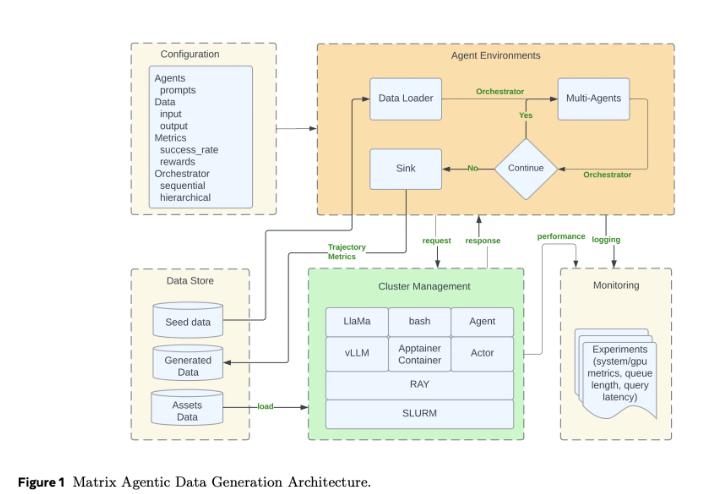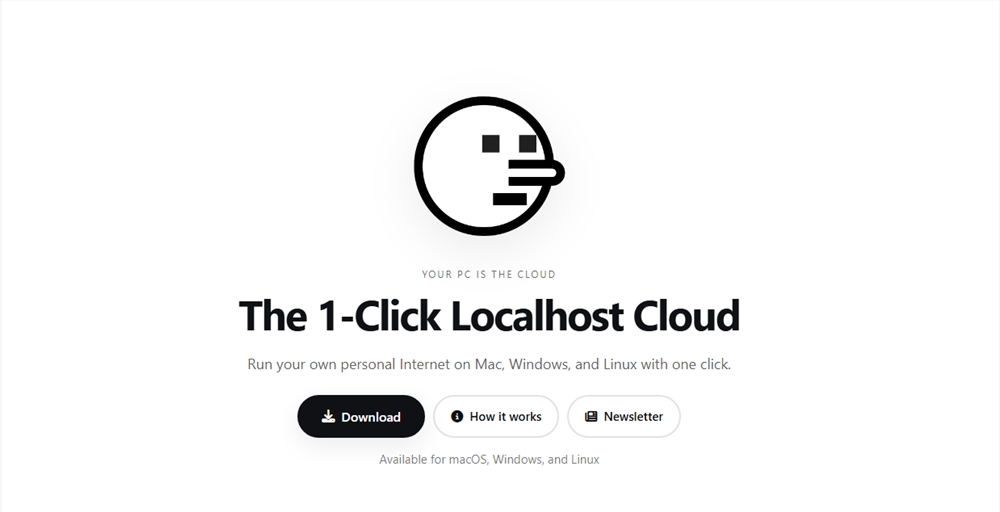Imagine you've painstakingly trained a supremely intelligent AI large language model (LLM) capable of handling complex tasks. However, if the "pipeline" to this brilliant brain – the Model Context Protocol (MCP) – is insecure, you've essentially opened the door for hackers. Fear not! The MCP Security Checklist, meticulously crafted by blockchain security experts SlowMist, acts as a professional "AI Shield Bureau," providing a comprehensive security guide for MCP-based AI tools to protect your LLM plugin ecosystem from various potential threats.

Since its release in late 2024, MCP has seen widespread adoption in mainstream AI applications like Claude Desktop and Cursor, fueling the growth of various MCP service markets. However, like any emerging technology, the rapid proliferation of MCP brings new security challenges.
The MCP Security Checklist is a timely response to these challenges. It's not just a cold, impersonal tool; it's a seasoned security expert systematically outlining potential risks in the interaction between the three core components of the MCP architecture: Host, Client, and Server. Whether dealing with sensitive cryptocurrency transactions or custom plugins integrated with LLMs, this checklist empowers developers to proactively identify and mitigate potential security vulnerabilities.
By adopting the security measures outlined in this checklist, your MCP system's overall stability and controllability will significantly improve, ensuring the secure and parallel development of AI applications.
✨ Key Features
This MCP Security Checklist acts as a diligent security steward, deeply considering the security of the MCP system from multiple perspectives. Its key features can be summarized as follows:
- Comprehensive API Security Protection:
- Strict Input Validation: Like meticulously vetting every visitor entering your home, preventing malicious code from infiltrating through API inputs.
- API Rate Limiting: Setting traffic limits for the API to prevent it from being overwhelmed by malicious requests, leading to service crashes (DoS attacks).
- Output Encoding: Ensuring that API output data is properly handled to prevent potential cross-site scripting (XSS) attacks and other risks.
- Robust Server Authentication and Authorization Mechanisms:
- Fine-grained Access Control: Similar to a company's permission management system, different roles can only access resources within their scope of responsibility, following the principle of least privilege.
- Secure Credential Management: Say goodbye to hardcoded keys! Learn how to securely store and manage service credentials using key management services.
- API Key Rotation: Regularly changing API keys, like periodically changing door locks, reduces the risk after a key compromise.
- Service Identity Authentication: Enables tools to verify the server's identity, ensuring that the client connects to a trusted service.
- Rigorous Backend Persistence Control:
- Lifecycle Management: Like managing software installation and uninstallation, strictly managing the lifecycle of MCP plugins and coordinating with the client.
- Forced Shutdown Cleanup: When the client closes, ensure that all MCP background processes are completely cleaned up, leaving no trace.
- Health Check Mechanism: Regularly check the status of MCP plugins to promptly detect abnormal persistent behavior.
- Backend Activity Monitoring and Limiting: Monitor and log all backend activities of MCP, limiting its operations and duration.
- Reliable Deployment and Runtime Security:
- Isolated Environment: Strongly recommends running the server in an isolated environment (such as containers, virtual machines, or sandboxes) to prevent malicious code escape and lateral movement.
- Container Security: If using containers, ensure secure configuration, run containers as a non-root user, and employ immutable infrastructure and runtime protection.
- Resource Limiting: Set resource usage limits for MCP plugins to prevent infinite loops or excessive calls due to LLM failures.
- Robust Code and Data Integrity Assurance:
- Integrity Verification Mechanism: Use digital signatures, checksums, etc., to ensure that the code has not been tampered with.
- Remote Verification: Support mechanisms for remotely verifying code integrity, enhancing security.
- Code Obfuscation and Hardening: Increase the difficulty of reverse engineering the code.
- Meticulous Supply Chain Security Management:
- Dependency Management: Securely manage third-party dependencies.
- Package Integrity and Source Verification: Ensure that referenced packages are complete and trustworthy.
- Secure Build: Ensure that the software build process is secure.
- Comprehensive Monitoring and Logging:
- Anomaly Detection and Alerting: Promptly detect and report abnormal activities.
- Detailed Logging: Log all service activities and security events, and manage them centrally, ensuring log integrity and providing audit capabilities.
- Strict Invocation Environment Isolation:
- MCP Instance Isolation: Ensure that operations between multiple MCP server instances are isolated from each other.
- Resource Access Control: Clearly define resource access boundaries for each MCP server.
- Tool Permission Separation: Set different permission sets for tools in different domains.
- Broad Platform Compatibility and Security:
- System Resource Isolation: Implement appropriate resource isolation strategies based on the characteristics of different operating systems.
- Cross-Platform Compatibility Testing: Test whether the security behavior of the MCP server is consistent across different operating systems and clients.
- Platform-Specific Risk Assessment: Assess platform-specific security risks and implement mitigation measures.
- Emphasis on Data Security and Privacy:
- Data Minimization: Only collect and process necessary data.
- Data Encryption and Isolation: Encrypt sensitive data for storage and transmission, and ensure that data from different users is isolated from each other.
- Sensitive Data Identification and Handling: Automatically identify and handle sensitive data in a special way.
- Fine-grained Resource and Tool Security Control: Detailed security requirements are proposed for resource access, size, template parameters, and tool coding practices, execution environment, input/output validation, permission control, and behavior constraints.
- User Interaction Security:
- Clear User Interface: The UI should clearly display the scope and potential impact of AI operations and provide intuitive security indicators.
- Sensitive Operation Confirmation: High-risk operations must require explicit user confirmation.
- Transparent Permission Requests: Permission requests should clearly state their purpose and scope, avoiding excessive authorization.
- Operation Visualization and Information Transparency: Tool calls and data access should be visible and auditable; users can choose whether to display hidden tags to ensure context consistency.
- AI Control and Monitoring: Record key AI operations, detect abnormal patterns, and limit the frequency and number of tool calls.
- Local Storage Security: Securely store credentials and isolate sensitive user data.
- Application Security and Client Authentication and Authorization: Verify application integrity, enforce authentication, and securely implement protocols such as OAuth.
- MCP Tool and Server Management: Verify the authenticity and integrity of tools, secure updates, prevent naming conflicts and malicious behavior, maintain a trusted server directory, and implement version control.
- Robust Prompt Security Mechanisms:
- Prompt Injection Defense: Implement multi-layered defense measures to prevent prompt injection attacks.
- Malicious Instruction Detection: Detect and block potentially malicious user instructions, including pre-loaded malicious prompts and harmful instructions embedded in tools provided by third-party MCP servers.
- System Prompt Protection and Sensitive Data Filtering: Prevent system prompts from being tampered with and filter out sensitive personal data from prompts and context.
- Context Isolation and Prompt Templates: Ensure that contexts from different sources are isolated from each other and use secure prompt templates.
- Tool Description Verification and Prompt Consistency Verification.
- Historical Context Management: Clearly define mechanisms for clearing historical contexts to prevent data accumulation and information leakage.
🛠️ Configuration Methods and Process: Integrating Security into Your MCP Application
Rather than "configuring" the checklist itself, developers should refer to the security points in this checklist to configure and strengthen their own MCP applications. This is like receiving a detailed health check-up report; you need to adjust and protect your "body" based on the indicators and recommendations in the report.
The specific "configuration process" can be understood as the following steps:
- Carefully Read the Checklist: Developers need to carefully read and understand each security point listed in the checklist and its importance markings (Recommended, Strongly Recommended, Must).
- Risk Assessment: Based on the MCP application scenario and sensitive operations involved (e.g., whether cryptocurrency transactions are involved, whether access to user privacy data is required, etc.), assess which security points are the most critical to address and implement.
- Develop a Security Strategy: Based on the risk assessment results, develop a detailed security strategy and implementation plan, clarifying which security measures need to be prioritized and which can be selectively implemented based on the actual situation.
- Implement Security Measures: Based on the developed security strategy, implement the relevant security measures in the checklist during the development, deployment, and operation of the MCP Server, Client, and Host, such as performing input validation, implementing access control, encrypting sensitive data, and filtering malicious prompts.
- Continuous Monitoring and Updates: Security is an ongoing process. Developers need to establish a comprehensive monitoring mechanism, regularly review and update security strategies, and promptly respond to new security threats. They also need to monitor updates to the MCP Security Checklist to adopt the latest security recommendations.
🔗 Tool Address
You can find this valuable MCP Security Checklist on GitHub:
https://github.com/slowmist/MCP-Security-Checklist










